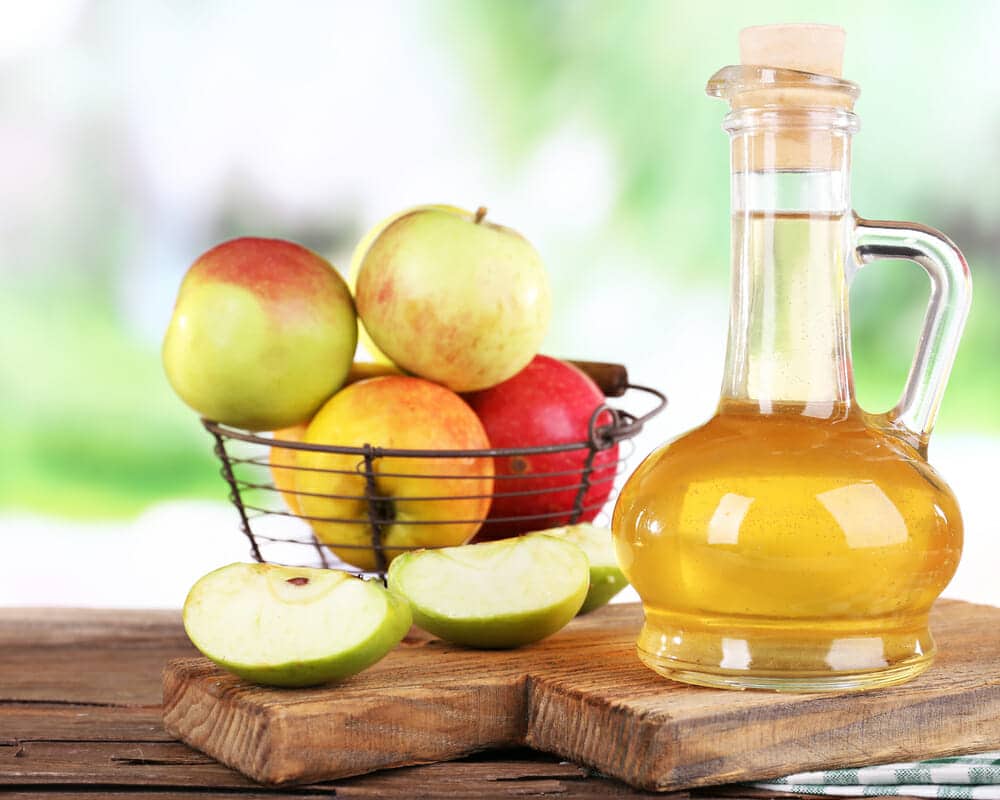There was a time when anemia or iron deficiency was a common health problem, especially in kids that were picky eaters, menstruating women and vegetarians. Many of us grew up watching Popeye the sailor cartoons, which our parents used to convince us to eat spinach to be strong and healthy. We ended up growing up healthy but despising spinach ever since. Food industry got involved and huge number of foods are now enriched with iron, to the point of having too much of it. Baby formula, breads, cereals, rice, pasta and many other packaged foods are enriched with iron. Some studies show that more people today suffer from excess iron than from iron deficiency.
The role of iron
Iron is essential for our health. It is part of the proteins like hemoglobin that transport oxygen through our blood. Iron deficiency shows itself with very clear symptoms: weakness, fatigue, lack of energy for work, frequent infections, sense of being always cold, lightheadedness, shortness of breath, rapid heartbeat, and many others.
Iron deficiency is very rare today and men and postmenopausal women should be very careful with multivitamin supplements that contain iron to avoid having excess iron. Iron deficiency is more possible in breastfed babies, small children who drink too much milk (milk interferes in absorption of iron), in pregnant and menstruating women, and in strict vegans and vegetarians.
Some factors affect how our body absorbs iron from food. Spinach, although very rich in iron, for example, contains oxalic acid, which prevents us from taking iron. Foods rich in fiber, such as whole grains, contain phytates, which also interfere with iron absorption. Calcium rich foods have the same effects. But, vitamin C boosts iron absorption, so if our diet is basically balanced, we get all the iron we need from food.
Too much of a good thing
In a latest study which examined more than 1,000 older Caucasian Americans, researchers found that only about three percent had iron deficiency, but 13 percent had too high iron level. The participants had highest iron level if their diet contained red meat four or more times a week, consumed more than 21 portions of fruit weekly or took 30 mg of iron in a supplement daily.
According to the Nutrition Action Healthletter, the biggest problem with iron is that our bodies tend to store it and it is very difficult to get rid of the excess. Menstruating women lose it every month, and so do people who regularly donate blood. If we get too much iron, it gets deposited in the heart, pancreas and liver, with serious consequences. Excess iron can cause diabetes, cirrhosis and cancer of the liver and heart arrhythmia.
The Nurses Health study found that among 32,000 women followed for 10 years, women were three times more likely to develop diabetes if they had the highest level of stored iron than those whose iron level was the lowest. Another study that followed 38,000 men found that those who consumed food with the most iron had a 63 percent more chance of developing diabetes.
Possible links between too much iron and cancers of the prostate and colon were examined in several studies, which led to the warning of the consumption of too much red meat which is rich in iron. Particularly vulnerable are people with hemochromatosis, who absorb too much iron.
What we can do
As usual, the solution is in balanced nutrition rich in fresh produce. Health supplements often carry as much risk as benefit. Get your iron from food and mix foods rich in iron with foods that help iron absorption such as fresh fruits rich in vitamin C. And if you really cannot resist red meat, limit its consumption to two or three times a week and think about regularly donating your blood. It will help you get rid of some of the stored iron, and you will be doing an invaluable service to the community.






Reply